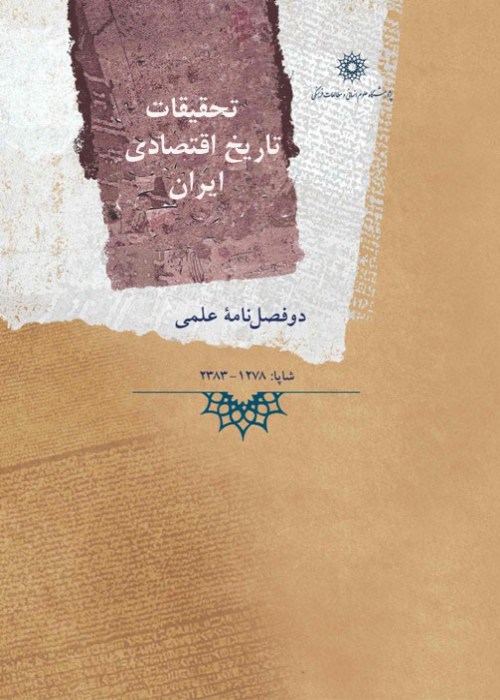Rashidun Caliphs in Sufi Discourse and Social History of Middle Iran: A Mystical Model for Social Convergence in Islamic Society
The end of the fifth century AH in the history of Khorasan with the presence of the great Sufi elders in the Islamic society, the formation of Sufi allegorical literature, Sufi teachings and the emergence of the social institution of the monastery expanded. At the same time, during this period, Sunni and Shiite sectarian conflicts with hadith and controversial literature on the principles and sub-principles of religion, especially the issue of Imamate and the superiority of the righteous caliphs, had spread in this area. The problem of the article is that according to the intellectual foundations of Islamic mysticism and the allegorical expression style of Sufi literature, the Persian-speaking Sufis of Khorasan who addressed the general public presented what images and themes about the character of the righteous caliphs in Sufi allegorical literature from the sacred history of Islamic faith. It perpetuated social harmonization among Sufi Brotherhood groups beyond local and ideological differences; Findings of the article show that since Sufism and mysticism have claimed unity, love, brotherhood and equality, in Sufi literature by presenting an allegorical style in Persian from the sacred history of Islamic faith and considering the emotional function of language about the meaning of thoughts and actions of caliphs. In the early history of Islam, the position of the Rashidun caliphs was defined in a unifying way in terms of spiritual equality in mystical positions.


